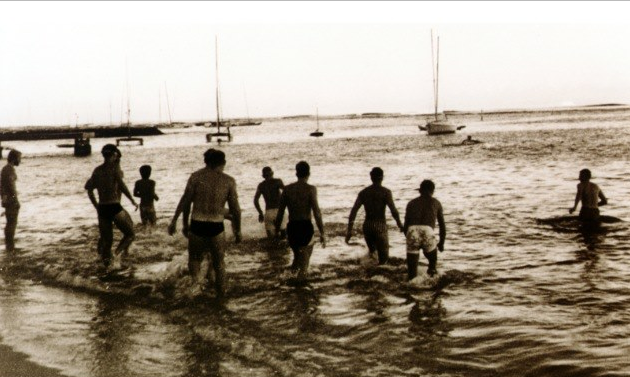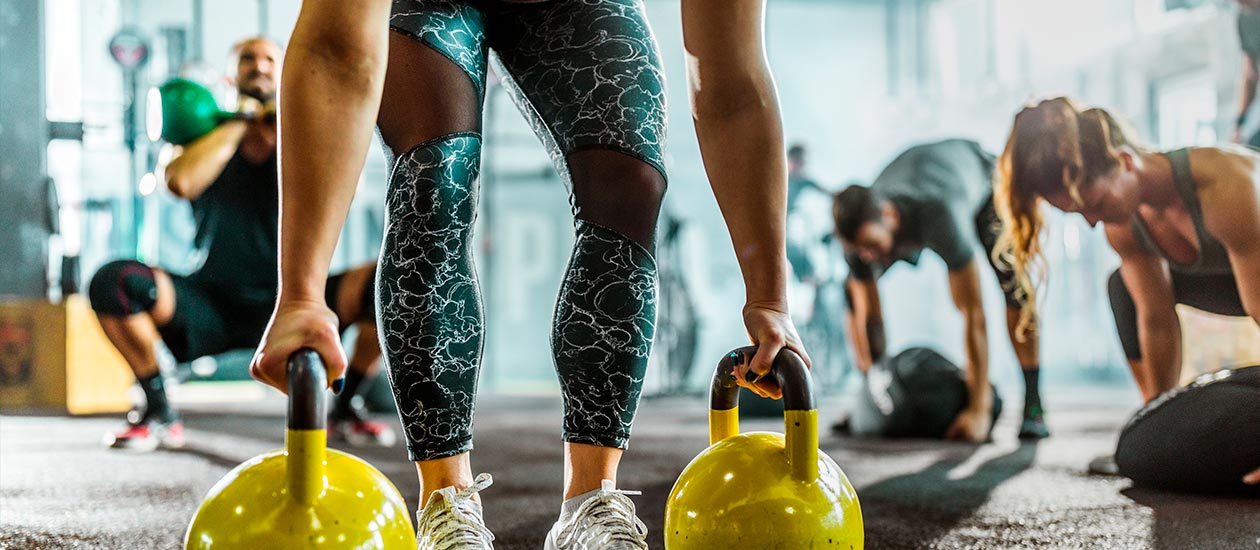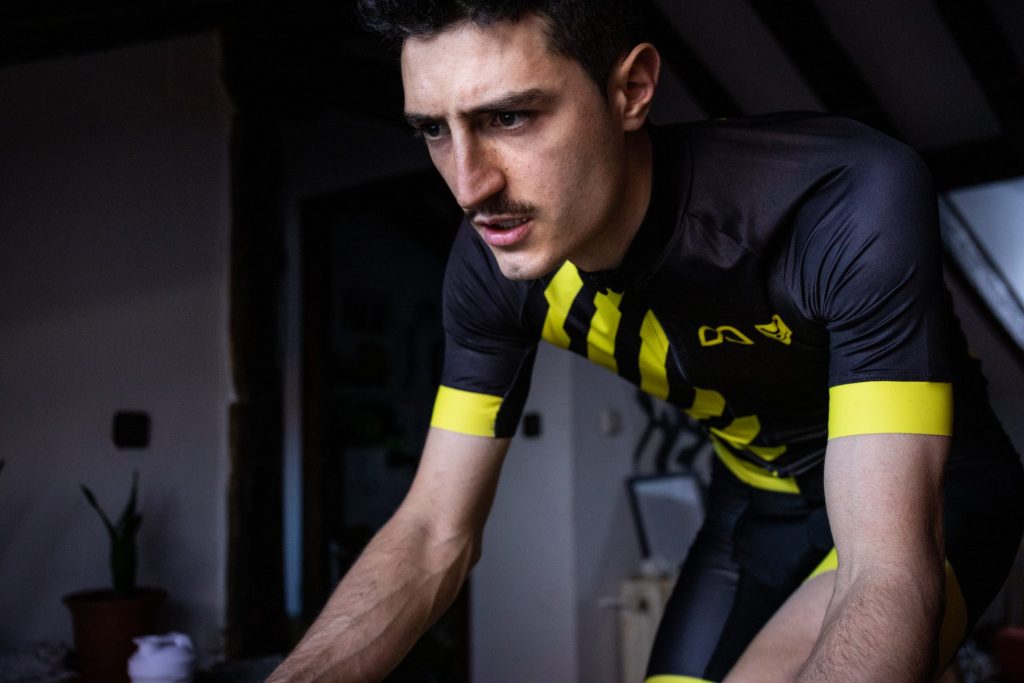Incorporating swimming as an aerobic complement into your cycling training routine can be a transformative decision for your performance. The combination of these two sports not only improves cardiovascular capacity but also helps balance physical and mental effort, offering active rest for the muscles used in cycling. This article explores how you can effectively integrate swimming into your cycling training regimen, maximising the benefits of both disciplines.
What are the benefits of swimming?
Swimming is a low-impact aerobic activity that provides multiple benefits for cyclists. Firstly, it strengthens the cardiovascular system, improving lung capacity and heart efficiency. This translates into greater endurance during long days on the bike.
Additionally, swimming works muscle groups that are not used as much in cycling, such as the upper body and core muscles. This variety helps balance muscle development, preventing imbalances and potential injuries. The buoyancy of the water also relieves stress on the joints, allowing for active recovery without the risk of overload.
Another crucial aspect is the improvement in flexibility and coordination. Swimming requires precise and fluid technique, which can translate to better control and manoeuvrability on the bike. Finally, swimming is an excellent way to maintain motivation and avoid the monotony of training, especially if you use a cycling simulator like BKOOL to vary your sessions.
Keep this in mind before you start
Before integrating swimming into your routine, it is important to assess your current skill level in the water and set realistic goals. If you are new to swimming, it might be helpful to take some classes to learn the correct technique and avoid bad habits that could lead to injuries.
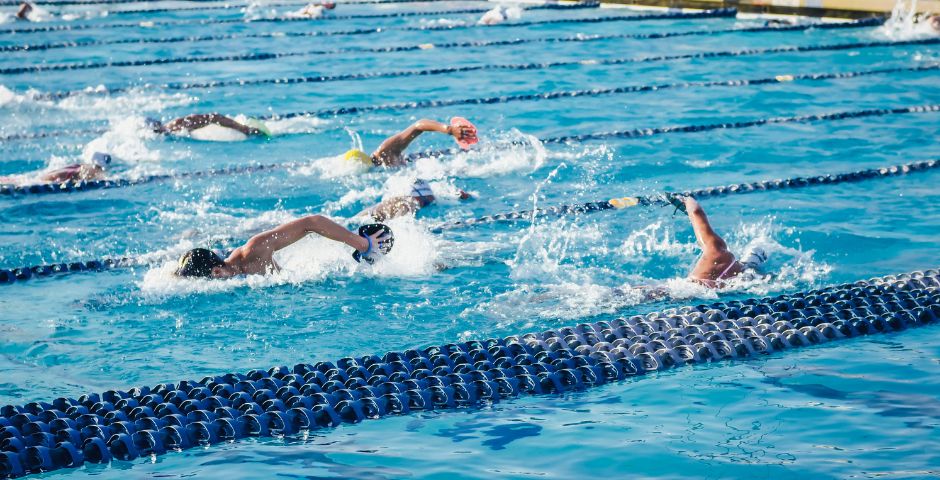
Choose a suitable pool that has convenient hours and optimal conditions for swimming. Also, consider the temperature of the water; a pool that is too cold or hot can affect your performance. Ensure you have the necessary equipment, such as swimming goggles, cap, and appropriate swimwear.
Another aspect to consider is how swimming will fit into your cycling training plan. Determine the days and duration of the swimming sessions so they do not interfere with your more intense cycling sessions. The key is to find a balance that allows you to gain the benefits of both sports without exhausting yourself.
Equipment is a fundamental part
Having the right equipment is essential for an effective and enjoyable swimming experience. The swimwear should be comfortable and snug, avoiding water resistance. For men, jammers are a good option, while women can opt for one-piece suits designed for training.
Swimming goggles are essential to protect your eyes from chlorine and improve visibility underwater. Look for ones that are comfortable and adjustable, with anti-fog lenses to prevent condensation. A swimming cap not only reduces water resistance but also protects the hair from chlorine.
To improve technique and strength, consider using additional equipment such as hand paddles, fins, and kickboards. These accessories can help you focus on different aspects of your stroke and kick, increasing efficiency and performance in the water.
What should my swimming routine be like?
Planning is key to integrating swimming without sacrificing your performance in cycling. Start with an assessment of your current training week and find slots where you can include swimming sessions. It is advisable to start with two sessions per week, each lasting 30 to 45 minutes, to allow your body to adapt.
Each swimming session should include a warm-up, a main set, and a cool-down. The warm-up can consist of about 10 minutes of easy swimming and joint mobility exercises. The main set should focus on specific exercises that complement your cycling training, such as endurance and technique drills. Finish with a cool-down of easy swimming to aid muscle recovery.
Vary your sessions to maintain interest and work on different aspects of your physical condition. You can alternate between endurance days, where you swim longer distances at a steady pace, and speed days, with short, fast intervals. Using a cycling simulator like BKOOL for your cycling training will allow you to adjust your planning more precisely, avoiding overload.
Here are some specific swimming exercises for cyclists
There are certain swimming exercises that are particularly beneficial for cyclists.
Freestyle (front crawl) is the most effective for improving aerobic capacity and upper body strength. Include sets of front crawl at different distances and speeds to work on endurance and speed.
Backstroke is excellent for strengthening back muscles and improving posture, which is crucial for cyclists who spend a lot of time leaning over the handlebars. Do sets of backstroke to balance muscle development.
Kickboard drills are another valuable exercise, as they strengthen the legs without the impact of pedalling. Use a kickboard and focus on efficient and continuous kicking. This will help improve the strength and endurance of your legs, benefits that will directly translate to your cycling performance.
The importance of knowing how to breathe
Breathing is a fundamental aspect in both swimming and cycling. In swimming, learning to breathe efficiently is crucial to maintaining a steady pace and avoiding fatigue. Practise bilateral breathing in the front crawl, alternating the side of breathing every three strokes. This not only improves your technique but also balances muscle development on both sides of the body.
In cycling, proper breathing helps maximise oxygen intake and maintain calm during intense efforts. By practising controlled breathing in swimming, you can transfer these skills to cycling, improving your ability to maintain a steady pace and reduce fatigue.
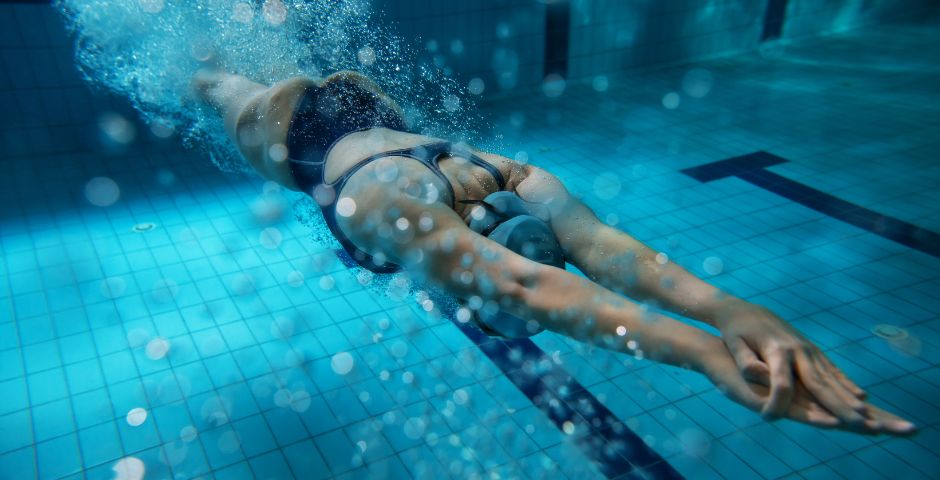
How to combine swimming and cycling sessions
The combination of swimming and cycling should be carefully planned to avoid overload and maximise benefits. A good approach is to alternate days of swimming and cycling, allowing each muscle group time to recover. For example, you can swim on Mondays and Thursdays, and dedicate Tuesdays, Wednesdays, and Saturdays to cycling.
If you use a cycling simulator like BKOOL, you can adjust your cycling sessions to be less intense on the days you also swim. This will help you maintain a balance and avoid exhaustion. Additionally, consider doing swimming sessions on active recovery days, using the water to relieve muscle tension and improve circulation.
Prevent injuries and recover better
One of the great benefits of integrating swimming into your routine is the reduction in injury risk. Swimming is a low-impact exercise that allows cyclists to work on their aerobic capacity without the added stress on the joints. This is particularly useful for preventing overuse injuries, common among cyclists.
Additionally, water has therapeutic properties that help with recovery. The resistance of the water provides a gentle massage to the muscles, improving circulation and reducing inflammation. After intense cycling sessions, swimming can be an effective form of active recovery.
Incorporate stretching and mobility exercises at the end of your swimming sessions to improve flexibility and prevent muscle stiffness. This will not only help you recover faster but also enhance your overall performance in both sports.
How can you stay motivated?
Staying motivated is key to long-term success. Variety is essential to avoid boredom and stagnation. Alternate your swimming and cycling routines, using tools like the BKOOL cycling simulator to create dynamic and challenging workouts.
Set clear and achievable goals for each discipline. For example, you might aim to improve your time over a specific swimming distance or increase your endurance capacity in cycling. Celebrating small achievements will help you stay motivated and focused.
Find a training partner or join a swimming or cycling club. Training with others can be a great source of motivation and also an opportunity to learn and improve. Additionally, sharing your progress and challenges with others can make the process more rewarding.
Integrating swimming as an aerobic complement into your cycling training routine can be a highly beneficial strategy. It not only improves your cardiovascular capacity and muscle balance but also provides active rest that aids in recovery and injury prevention. With careful planning and a balanced approach, you can maximise the benefits of both sports, improving your overall performance and enjoying a varied and motivating routine.
Remember that the key to success lies in consistency and adapting to your specific needs. Use tools like the BKOOL cycling simulator to adjust your workouts and maintain balance. Over time, you will discover that the combination of swimming and cycling not only makes you a better athlete but also brings greater satisfaction and enjoyment to your daily training.
BKOOL is the most complete cycling simulator on the market, try it FREE for 7 days!
 Go to BKOOL
Go to BKOOL

